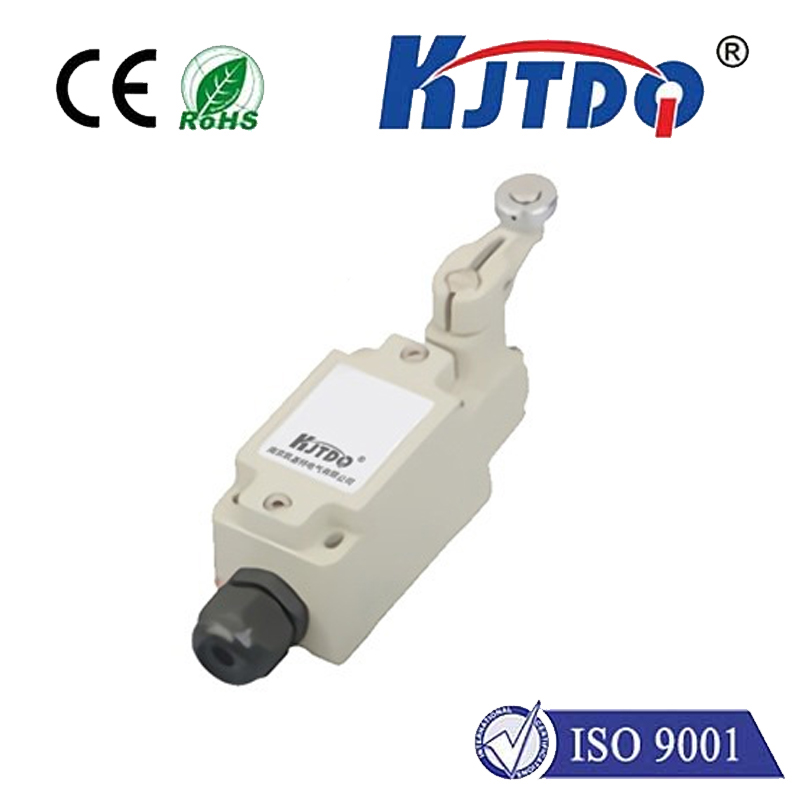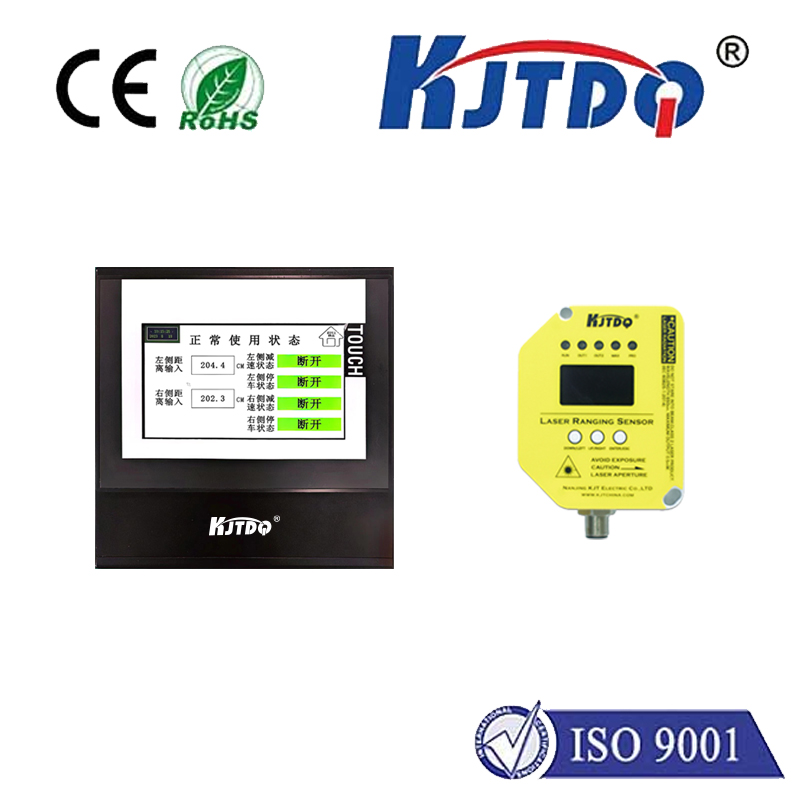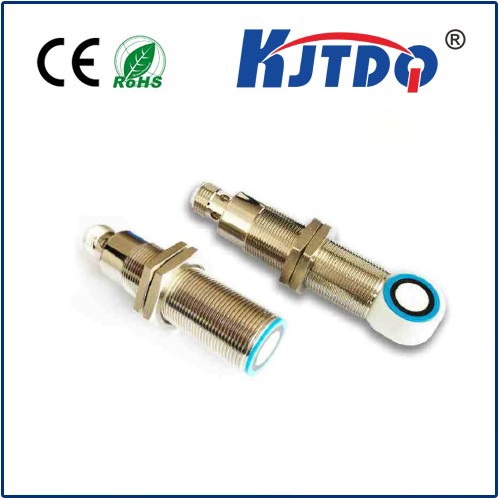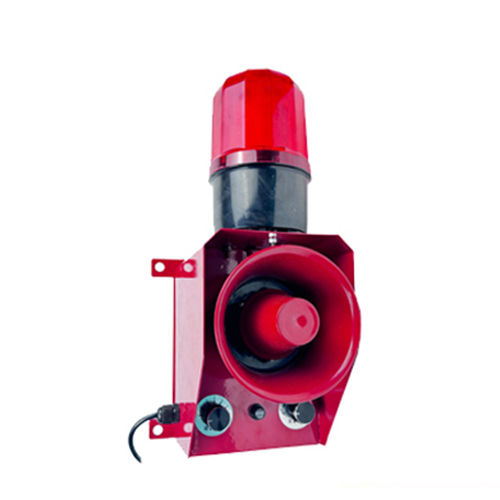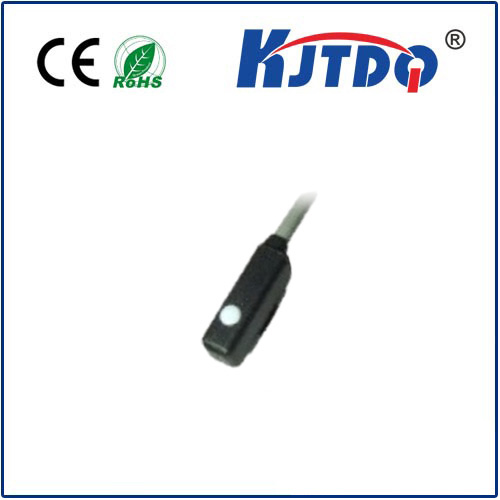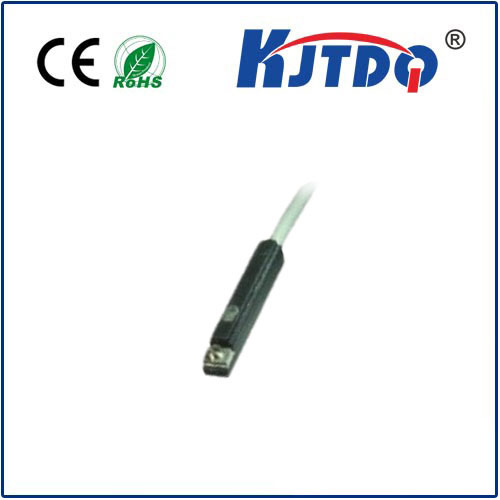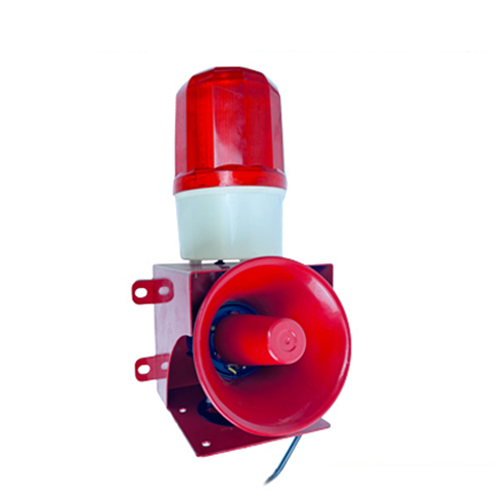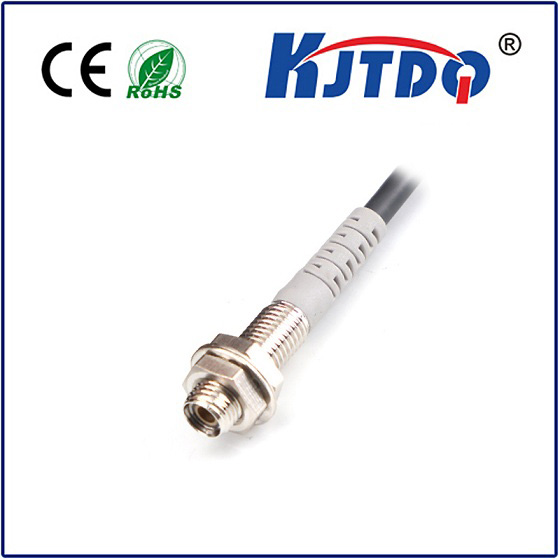

check

check

check

check

check

check

check

check

check

check
Imagine an automated bottling line drenched in high-pressure washdown spray. Picture a wastewater treatment plant sensor submerged in murky liquid. Envision outdoor security systems facing relentless rain and dust. In these demanding scenarios, standard sensors falter, but waterproof photoelectric sensors stand resilient, delivering reliable detection where others fail. These specialized components are not merely resistant; they are engineered to thrive in harsh environments, opening up a world of possibilities for automation across diverse industries. By integrating robust waterproofing, they ensure continuous operation and minimal downtime, translating directly to enhanced productivity and cost savings.
At their core, photoelectric sensors function by emitting a light beam (visible, infrared, or laser) and detecting changes in the received light. These changes occur when an object interrupts (through-beam mode), reflects (retro-reflective mode), or diffuses (diffuse mode) the beam. This fundamental principle of light-based detection provides non-contact sensing, making them ideal for counting, positioning, level detection, and object presence verification. However, introducing moisture, dust, chemicals, or physical impacts risks damaging delicate internal electronics and optics, fogging lenses, or creating false signals due to condensation or water droplets scattering light. This is where waterproofing becomes mission-critical.

The true power of waterproof photoelectric sensors lies in their ability to operate reliably in conditions that would quickly incapacitate standard models. This resilience is typically quantified using IP ratings (Ingress Protection). Ratings like IP67, IP68, and IP69K are paramount:
This robust protection unlocks application potential in the most challenging sectors:
Selecting the right waterproof photoelectric sensor requires careful consideration beyond just the application environment:
The incorporation of waterproof photoelectric sensors represents a strategic investment in operational resilience. They directly combat the costly consequences of sensor failure – unplanned downtime, compromised product quality, safety hazards, and increased maintenance burdens. By ensuring consistent, reliable object detection in the face of moisture, dust, and aggressive cleaning, these robust sensors form an indispensable backbone for automation systems that must function flawlessly in the real world’s toughest conditions. They transform challenging operational environments from liabilities into opportunities for efficient, continuous, and reliable production.
